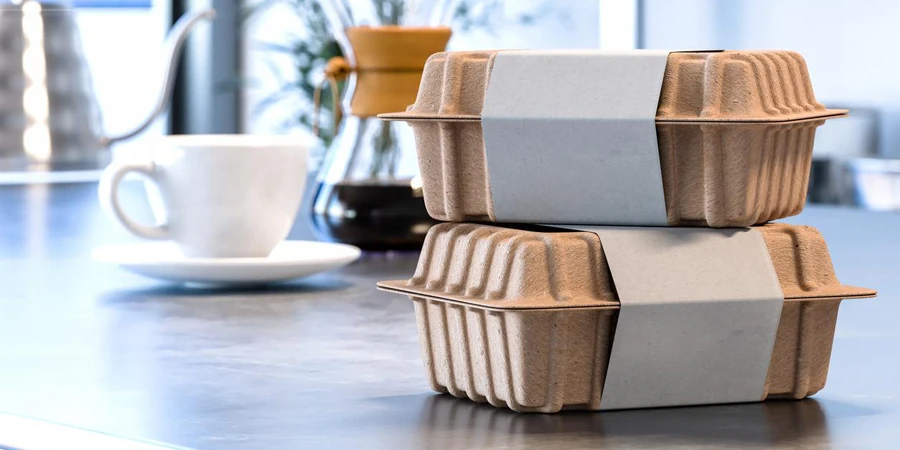As our population ages and an estimated 1 in 6 people globally have a disability, it’s crucial for brands to prioritize inclusive and accessible packaging design. Universal design upgrades can improve the user experience for all consumers while generating brand loyalty. In this article, we’ll explore the key inclusive packaging trends to watch for 2026 and provide actionable insights to help you evolve your packaging to be more accessible.
Table of Contents
1. Embracing universal design principles
2. Streamlining the opening experience
3. Designing for specific needs and life stages
4. Engaging the senses beyond visuals
5. Creating micro-moments of joy
Embracing universal design principles
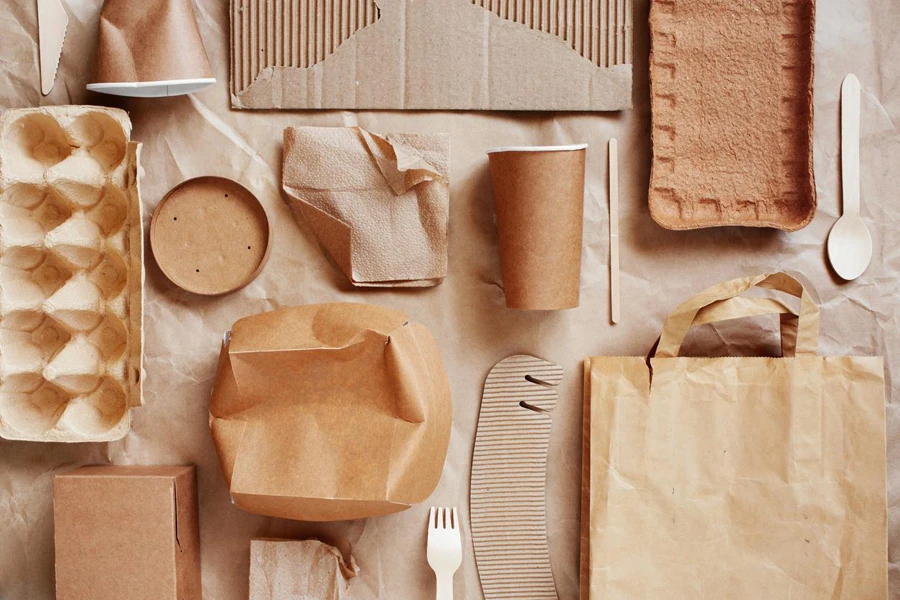
Universal design aims to create products that are usable by all people to the greatest extent possible. Applying these principles to your packaging can expand your potential customer base and make your brand more inclusive.
Start by assessing your current packaging with feedback from users with varying abilities to identify pain points and opportunities for improvement. Consider each step the consumer must take to open and use your packaging, streamlining the process as much as possible. Small design tweaks can make a big difference in accessibility.
Streamlining the opening experience
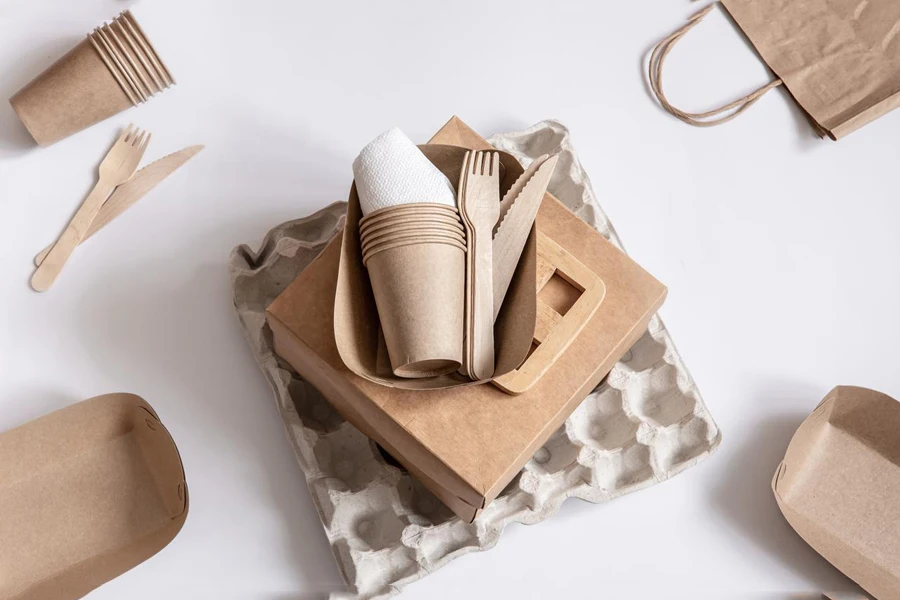
One of the biggest challenges for people with limited dexterity is simply getting packaging open. Switching to easy-open lids, pull tabs, and other accessible opening features can be a game-changer. Thoughtful design elements like loops and textured grips can further aid in opening.
The key is to require minimal effort, even one-handed, while avoiding small, fiddly components that could be difficult to handle and keeping the process simple and intuitive for all.
Designing for specific needs and life stages
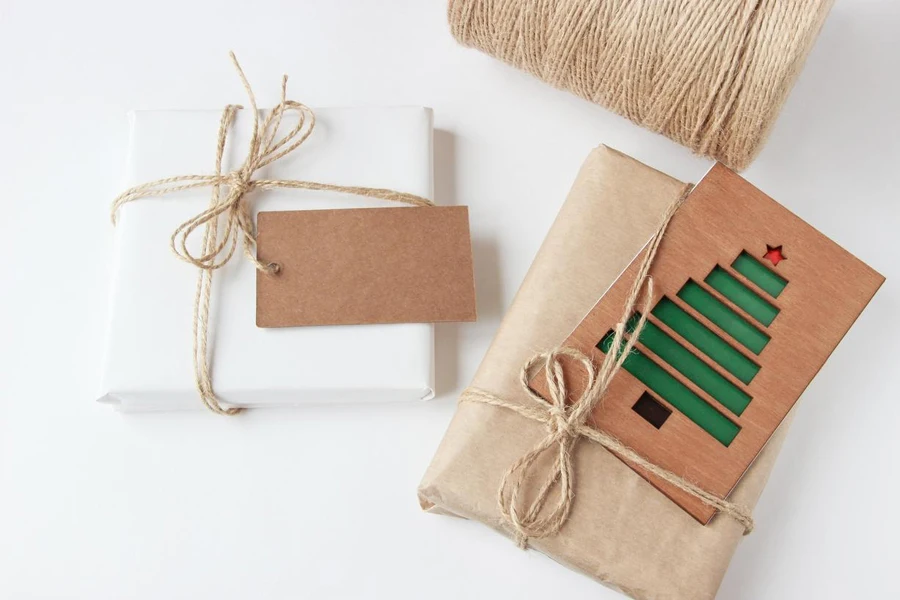
Brands are increasingly designing packaging tailored to the specific needs of certain consumers and life stages rather than generic age demographics. Examples include packaging optimized for older consumers with impaired vision and dexterity or easy-application features for pain relief products.
Consider your target consumer’s needs, challenges and lifestyles and how your packaging could better serve them at a granular level. Partner with accessibility experts and organizations for deeper insights and credibility.
Engaging the senses beyond visuals
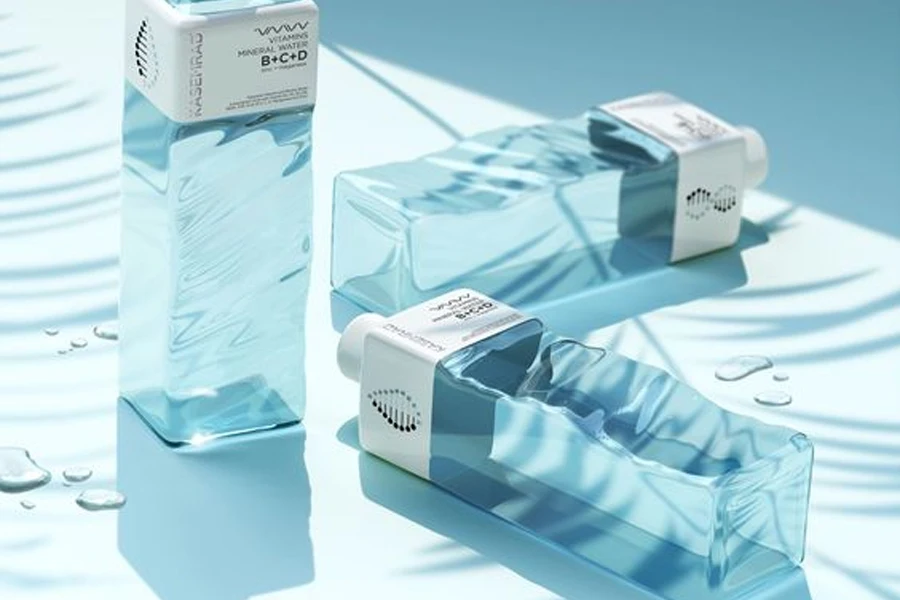
Inclusive packaging engages multiple senses beyond visuals alone. Tactile elements like embossing and distinct shapes aid in product identification and grip. High-contrast colors and clear, bold typography improve legibility. Audible cues assist visually impaired consumers.
Even pleasant textures and weighted, quality materials enhance the accessibility and unboxing experience. Think holistically about how the look, feel, sound, and ergonomics of your packaging aid in comprehension and ease of use for all senses and abilities.
Creating micro-moments of joy
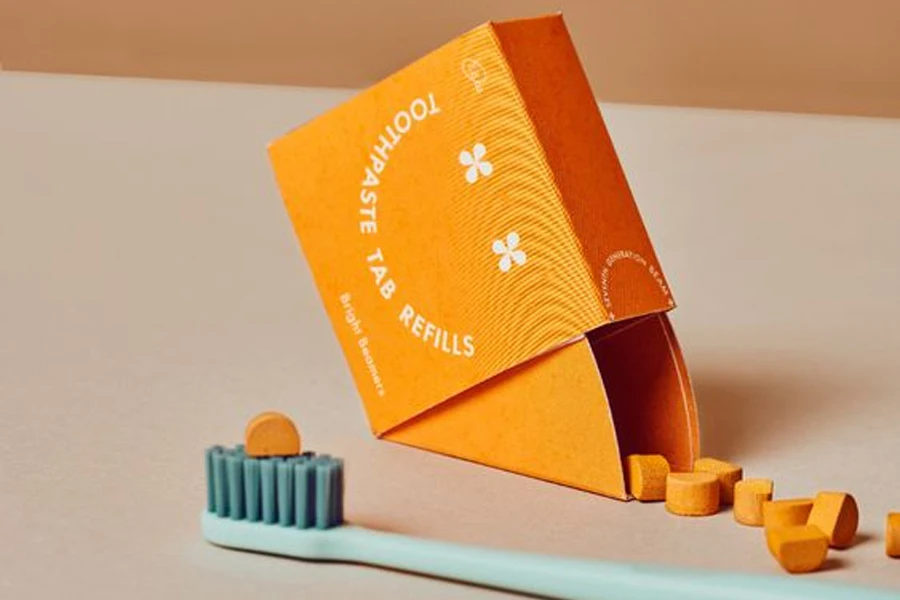
The most successful inclusive packaging doesn’t just neutrally function but actually sparks joy and emotional connection. Fun design features like applicator textures that double as massagers or empowering accessibility tools create micro-moments of delight.
Details like easy-slide interior trays and organized compartments make unboxing a pleasure. When accessibility features are seamlessly integrated into an enjoyable overall experience, consumers of all abilities are left with a positive brand impression that inspires loyalty.
Conclusion:
As inclusive design becomes an imperative for brands, staying on top of the latest advancements in accessible packaging is key. By embracing universal design principles, streamlining your packaging’s ease of use, tailoring to specific needs, engaging multiple senses, and sparking joy, you can evolve your packaging to be more accessible to every consumer. The reward is an expanded customer base and enduring brand connections. For more insights on inclusive packaging trends and strategies, [subscribe to our blog/check out our full report]. Together, we can make packaging more accessible for all.
